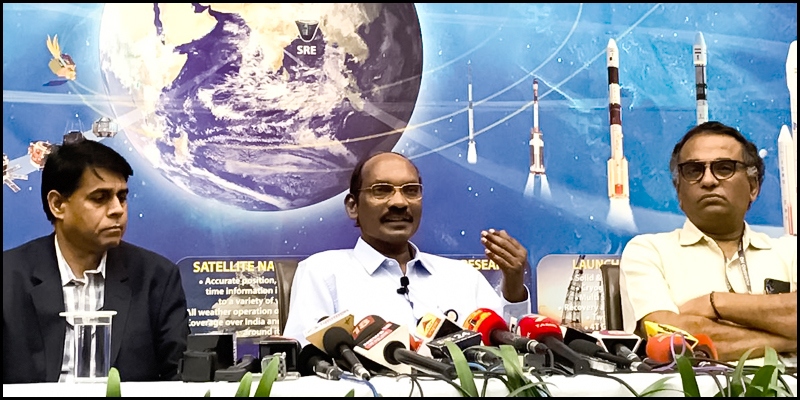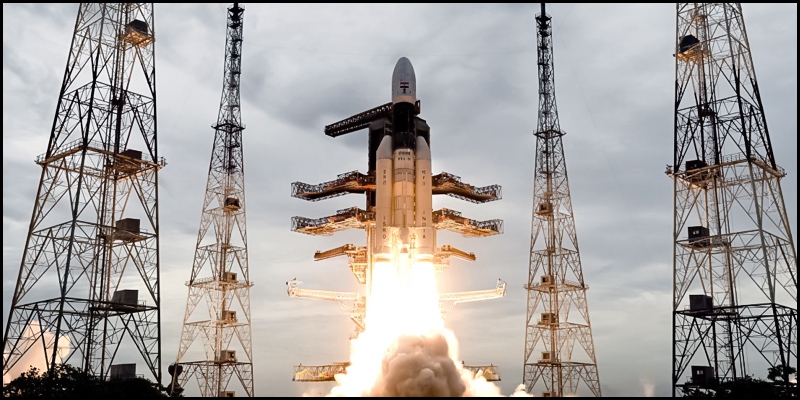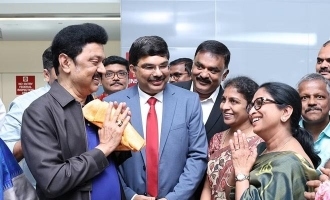Chandrayaan 3: India is officially going back to the Moon


Send us your feedback to audioarticles@vaarta.com



As per a press conference held by ISRO chief K Sivan, India's third lunar mission, Chandrayaan 3, has been approved by the government and is slated to launch in 2021.
Claiming that Chandrayaan 3 will have a "similar configuration" to the previous mission, Sivan said that the new mission would land in the same area, and would "have a lander, rover and propulsion module like its predecessor." While the total cost of the Chandrayaan-2 mission was Rs 960 crore, the approximate cost of Chandrayaan 3 will be Rs 615 crore. The mission will turn out to be economical as Chandrayaan 3 doesn't require an orbiter. According to ISRO officials, the Chandrayaan 2 orbiter remains in good health and should continue to operate for years to come.

In the previous mission, during the descent to the lunar surface on September 7, ISRO lost communications with the Vikram lander, which failed to land successfully on the Moon. Speaking about India's maiden attempt to land on the lunar surface, India's minister for space, Jitendra Singh, stated, "The Chandrayaan-2 mission cannot be called a failure as we have learned a lot from it. There is no country in the world that has landed on its first attempt. The US took several attempts. But we will not need so many attempts" Only the United States, Russia, and China have landed on the moon so far. Beijing's Chang'e-4 probe touched down on the far side of the moon last year, while Israel made an unsuccessful attempt to land its Beresheet spacecraft on the moon in April 2019, according to a report.
Chandrayaan 2 successfully entered the Moon's orbit on August 20 at 9.02 am after 30 days of journey in space. It was launched on July 22 by the ISRO from the Satish Dhawan Space Centre in Sriharikota in Andhra's Nellore district at 2.43 pm. It was launched atop a Geosynchronous Satellite Launch Vehicle (GSLV) MkIII, India's most powerful rocket and carried an orbiter, a Lander Vikram, and a Rover Pragyan, and it revolved around the moon for 12 days.
Follow us on Google News and stay updated with the latest!
-

Anvika Priya
Contact at support@indiaglitz.com




 Follow
Follow






-a3e.jpg)
-3c4.jpg)
-e5c.jpg)
-e66.jpg)
-71b.jpg)
-5d5.jpg)
-adc.jpg)
-798.jpg)

-7c2.jpg)































Comments